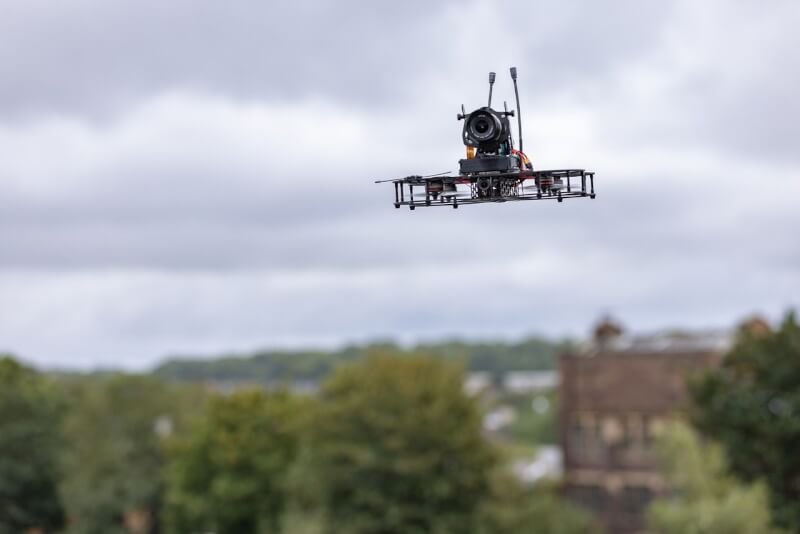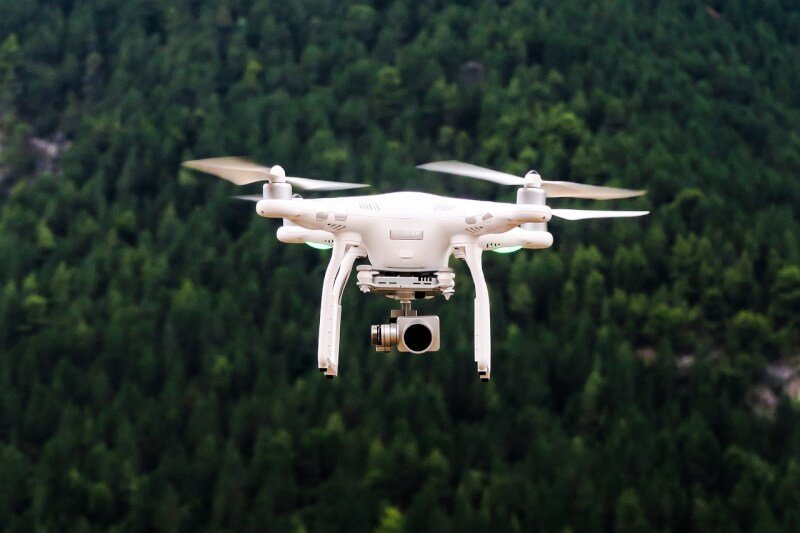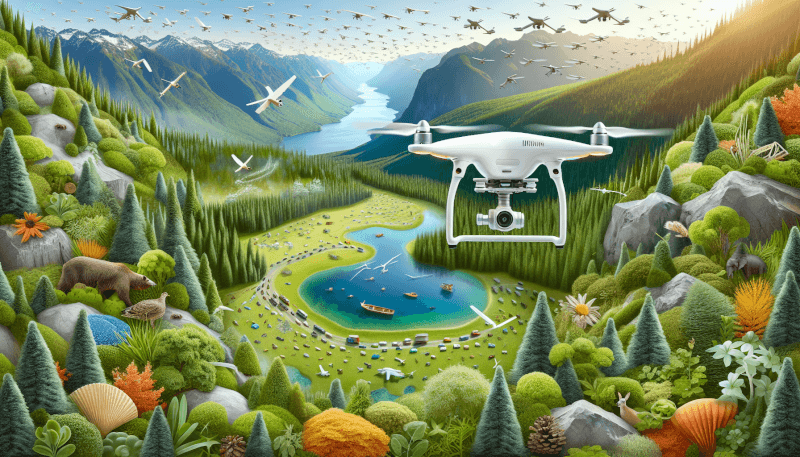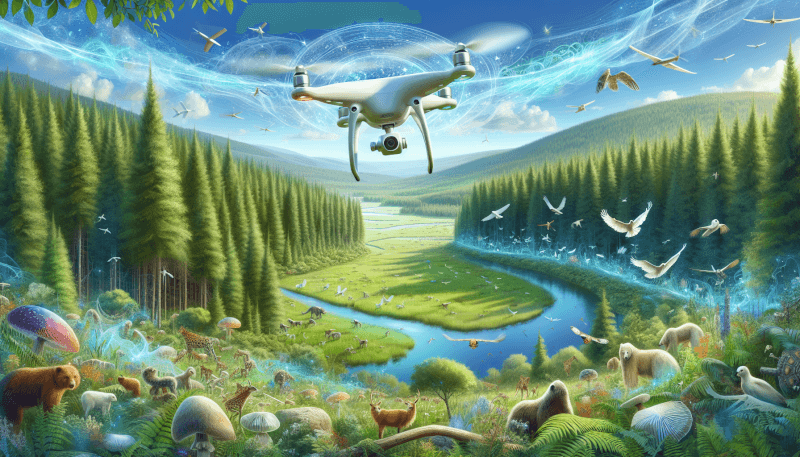Imagine soaring through the skies, capturing breathtaking aerial views of picturesque landscapes, all while maneuvering your drone effortlessly. It’s an exhilarating experience, but before you take flight in a national park, it’s essential to familiarize yourself with the rules and regulations that govern this captivating hobby. From altitude restrictions to designated flight zones, understanding these guidelines will ensure a safe and enjoyable drone-flying adventure in some of the most spectacular natural wonders our country has to offer. So, prepare to embark on an unforgettable journey as we explore the top rules and regulations for flying drones in national parks.
Rules and regulations for flying drones in national parks
Flying drones in national parks is an exciting and unique way to capture stunning aerial footage and explore the natural wonders around us. However, it is important to remember that drones are subject to certain rules and regulations to ensure the safety of both the park visitors and wildlife. Here are the top ten rules and regulations that you need to be aware of before taking your drone to a national park:

1. Obtain necessary permits and licenses
Before flying a drone in a national park, it is crucial to obtain any necessary permits and licenses. Each park may have different requirements, so it is important to research and contact the park authorities in advance. Permit applications often require details such as the purpose of the drone flight, the equipment being used, and proof of liability insurance.
2. Follow federal aviation regulations
Just like any other aircraft, drones are subject to federal aviation regulations. These regulations are designed to ensure the safety of airspace and individuals on the ground. The Federal Aviation Administration (FAA) has specific rules in place for recreational drone pilots, such as keeping the drone below 400 feet, flying only during daylight hours, and avoiding manned aircraft.
3. Maintain line of sight
To ensure the safe operation of a drone in a national park, it is essential to maintain visual contact with the aircraft at all times. This means keeping the drone within your visual line of sight without the aid of binoculars or other visual enhancements. By maintaining line of sight, you can avoid collisions with other drones, wildlife, or park structures.
4. Do not fly over people or wildlife
When flying a drone in a national park, it is crucial to respect the park’s inhabitants, both human and wildlife. To prevent disturbances and potential harm, it is important to avoid flying over people or wildlife. This includes keeping a safe distance from trails, picnic areas, and other areas where visitors or animals may gather. Always prioritize the safety and well-being of others.

5. Respect privacy and avoid trespassing
Privacy is a fundamental right, even in a public space like a national park. When flying a drone, be considerate of the privacy of others by avoiding any unintentional recording or capturing of personal information. Additionally, it is crucial to respect park boundaries and avoid trespassing on private or restricted areas. Familiarize yourself with the park’s boundaries and abide by them at all times.
6. Be mindful of noise pollution
Drones can produce a significant amount of noise, which can disrupt the tranquility and serenity of a national park. As responsible drone pilots, it is our duty to be mindful of noise pollution and considerate of other visitors’ experience. Avoid flying near campgrounds, picnic areas, or any other areas where people congregate to enjoy the peace and quiet of nature.

7. Stay away from sensitive areas and cultural sites
Many national parks house sensitive ecological areas and culturally significant sites. It is crucial to respect these areas and avoid flying drones over them. Drones can disturb wildlife habitats and cause damage to fragile ecosystems. Additionally, flying drones near cultural sites can be disrespectful to the traditions and practices of indigenous communities. Take the time to research and understand the park’s unique areas before operating a drone.
8. Be prepared for emergencies
Even with careful planning and preparation, emergencies can occur while flying a drone. It is essential to be prepared for such situations to minimize potential damage or harm. Carry a first aid kit, extra batteries, and take note of emergency contact numbers. Familiarize yourself with the park’s emergency protocols and be aware of any potential risks or hazards.

9. Be aware of local regulations and restrictions
In addition to federal regulations, national parks may have their own specific rules and restrictions regarding drone flights. These regulations are put in place to protect the park’s natural resources and visitor experiences. Research and familiarize yourself with the park’s specific guidelines, including designated flight areas and any temporary restrictions, before taking your drone out for a flight.
10. Stay informed and updated
Rules and regulations regarding drones in national parks can change over time. It is essential to stay informed and updated on any changes or additions to the rules. Regularly check the park’s official website or contact the park authorities for the latest information. By staying informed, you can ensure that your drone flights in national parks are safe, legal, and considerate of others.
In conclusion, flying drones in national parks can be an incredible experience, but it comes with responsibilities. By obtaining the necessary permits and licenses, following federal aviation regulations, maintaining line of sight, respecting privacy, being mindful of noise pollution, staying away from sensitive areas and cultural sites, being prepared for emergencies, being aware of local regulations, and staying informed and updated, you can ensure a safe and enjoyable drone flight in a national park. Let’s fly responsibly and preserve the beauty of our natural treasures for future generations to enjoy!



